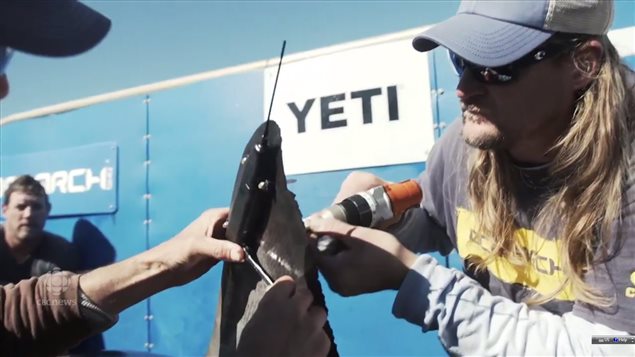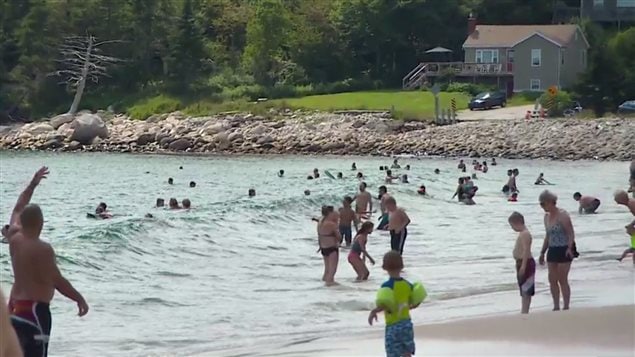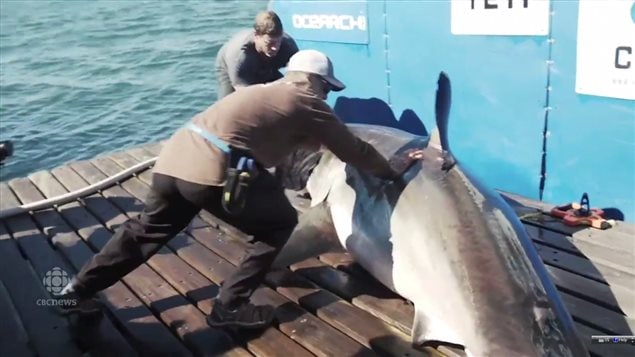Great white sharks do periodically travel in Canadian waters but thanks to tagging efforts, more people know that two are now visiting off the shores of Nova Scotia.
Great whites are the largest predatory fish in the world averaging 4.5 metres long and weighing up to 2,268 kg. They like to eat large mammals, but humans are not their preferred item on the menu, apparently.

Hilton and Pumpkin come by for a visit
A 600-kg shark named Hilton was tagged by the research group Ocearch off South Carolina, U.S. in March. Transmissions show it has been making its way north along the coast of the province of Nova Scotia, most recently visiting Mahone Bay on the south shore.
In late July, another great white shark, a smaller female known as Pumpkin, was detected on the north shore. It could be that love is in the air, or water, although not much is known about mating, travel and feeding habits.

Food could be the attraction
It is likely that Hilton is coming closer to shore than usual following an overabundance of mackerel and it’s believed Pumpkin has been feasting on seals on the other side in Mahone Bay.
Canadian Press reports that some friends cancelled their usual skurfing date yesterday. They decided that riding a surfboard towed by a motorboat might not be the best idea right now. That might have to do with the up to 300 serrated teeth great whites are known to have.

Fears could be overblown
However, it appears no one has died from a shark attack in Canadian waters. That could be because most local sharks are not the kind that eat large mammals and the water is usually so cold that not many people swim in it.
Besides that, experts say great white shark attacks are greatly overblown. They mostly like to eat sea lions, seals, small toothed whales, sea turtles, and carrion. National Geographic notes most attacks by them on humans “are not fatal, and new research finds that great whites, who are naturally curious, are ‘sample biting’ then releasing their victims rather than preying on humans.” It acknowledges however that this may not be a comforting distinction.
Although there are no solid numbers, great white shark populations are decreasing dramatically and they are considered a vulnerable species.







For reasons beyond our control, and for an undetermined period of time, our comment section is now closed. However, our social networks remain open to your contributions.